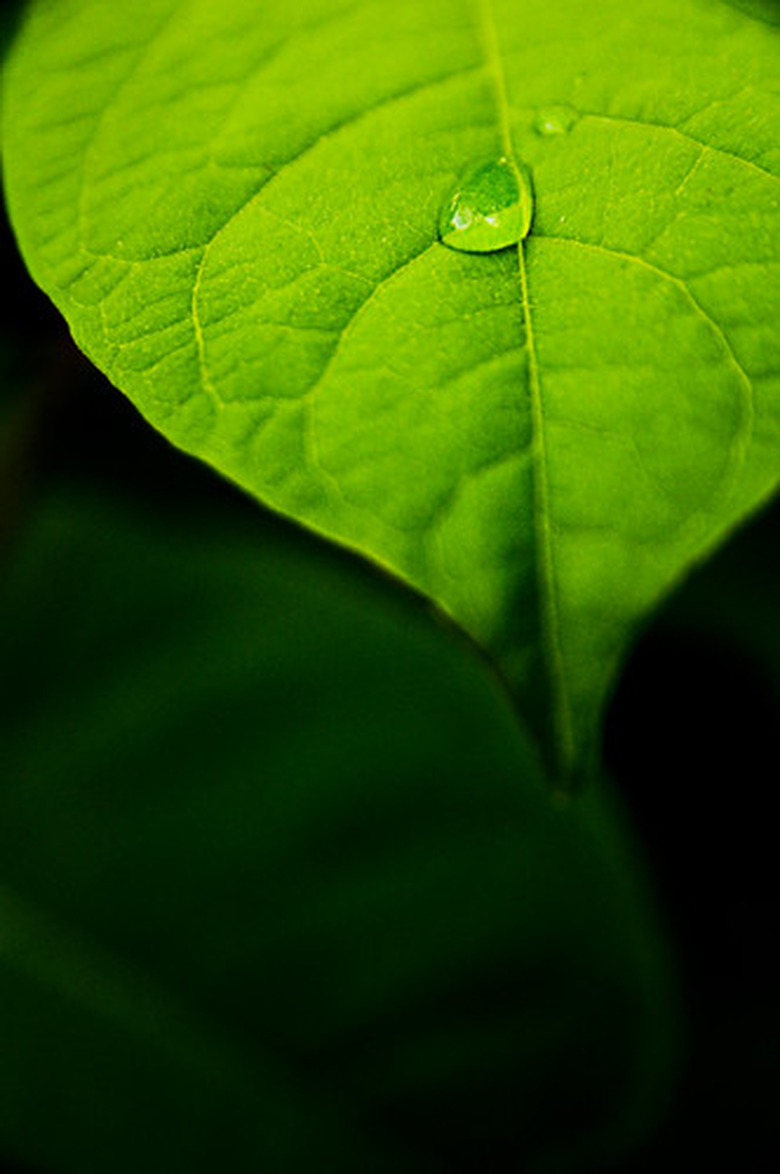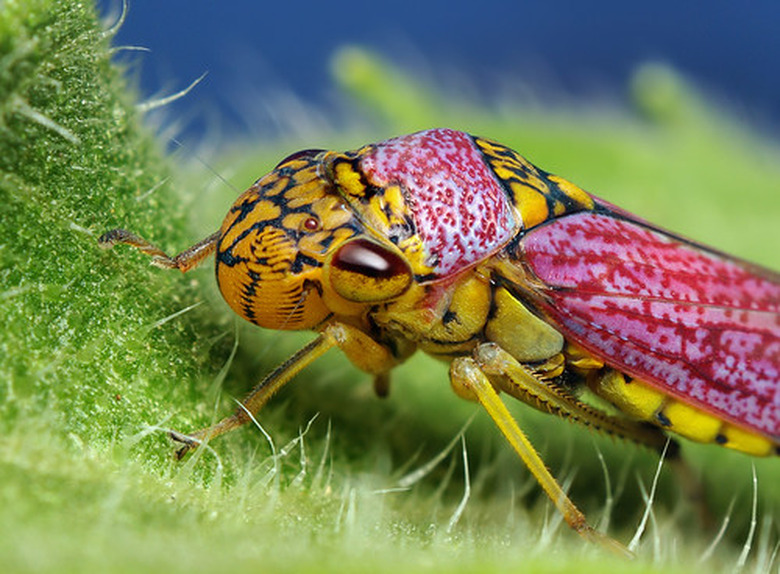Interesting Facts About Plant Cells
Most plants catch the eye. Thanks to features like bright flowers, lush greenery or spiky needles, cool-looking plants can instantly transform dull rooms and landscapes. But there's a lot more to plants than what you can see with the naked eye. Some of the most fascinating components of plants are their cells. Inside each plant, millions of tiny cells work to keep both the organism and our planet alive. An understanding of the inner workings of those cells can help you understand how something so tiny can do such a huge job.
Inside a Plant Cell
Inside a Plant Cell
Biologists have studied plant cells under a microscope and discovered that each plant cell contains several tiny parts that all do a different job to help keep the plant healthy. These specialized units are called organelles. Some of the more important and interesting plant cell organelles include:
- **Cell Wall:** As the name implies, this is the rigid wall that surrounds the cell, keeping the organelles contained and protected within it. In a plant cell, it's made of cellulose and shaped like a rectangular box.
- **Nucleus:** The nucleus is the largest part of a plant cell. Dark and circular in shape, it has two major jobs. First, it holds and copies the plant's DNA. It also has the nickname of the cell's "control center" or its "brain" because it is in charge of all the cell's activities, making sure that it grows, produces protein and reproduces.
- **Chloroplasts:** These incredibly important organelles contain the green pigment chlorophyll, which is responsible for capturing and converting light energy to conduct photosynthesis. Since photosynthesis is primarily possible with green plants, these organelles are not found in an animal cell.
A diagram of a plant cell for kids can help you further visualize how these organelles fit and work together.
Cells Making Food
Cells Making Food
One of the coolest things about plant cells is that they can make their own food through the process of photosynthesis. The process begins with plant cells absorbing energy from the sunlight (or that of another light source, like in a greenhouse). Chlorophyll is the part of the plant cell that can trap that energy.
Then, the plant combines that light energy with the hydrogen from its water source and carbon dioxide from the air, and it turns those components into carbohydrates and sugars. Through the process of respiration, the plant converts those sugars back into energy it can use to sustain itself. Different parts of the cell absorb those sugars and use that energy to carry out the functions they need to survive.
In addition to sugars, the reaction of photosynthesis also creates a by-product of oxygen. Plants release that oxygen into the air, giving us humans the air we need to breathe. In that way, tiny plant cells are able to jumpstart the process that works to sustain both plant and human life.
More Plant Cell Facts
More Plant Cell Facts
Another interesting fact about plant cells is the many ways they have found to adapt to different environments. Plants grow everywhere from underwater to dry deserts and everywhere in between. That means cells have had to develop certain functions in order to help plants survive in a variety of conditions, or learn to adjust as environments fluctuate.
For instance, many plants contain guard cells. These usually occur in the epidermis of plant leaves or stems. Working in pairs, they help to balance the amount of carbon dioxide that is absorbed and the water that is lost through evaporation. When the timing is right to allow evaporation, they can curve to create an opening that allows water to evaporate into the air. When they are trying to preserve that water, they can come together to close the opening and allow for greater CO2 absorption. It's just another way that tiny plant cells work in harmony with the world around them to help provide the Earth with the air we need to breathe.
Cite This Article
MLA
Dragani, Rachelle. "Interesting Facts About Plant Cells" sciencing.com, https://www.sciencing.com/interesting-plant-cells-5746134/. 25 March 2019.
APA
Dragani, Rachelle. (2019, March 25). Interesting Facts About Plant Cells. sciencing.com. Retrieved from https://www.sciencing.com/interesting-plant-cells-5746134/
Chicago
Dragani, Rachelle. Interesting Facts About Plant Cells last modified March 24, 2022. https://www.sciencing.com/interesting-plant-cells-5746134/

